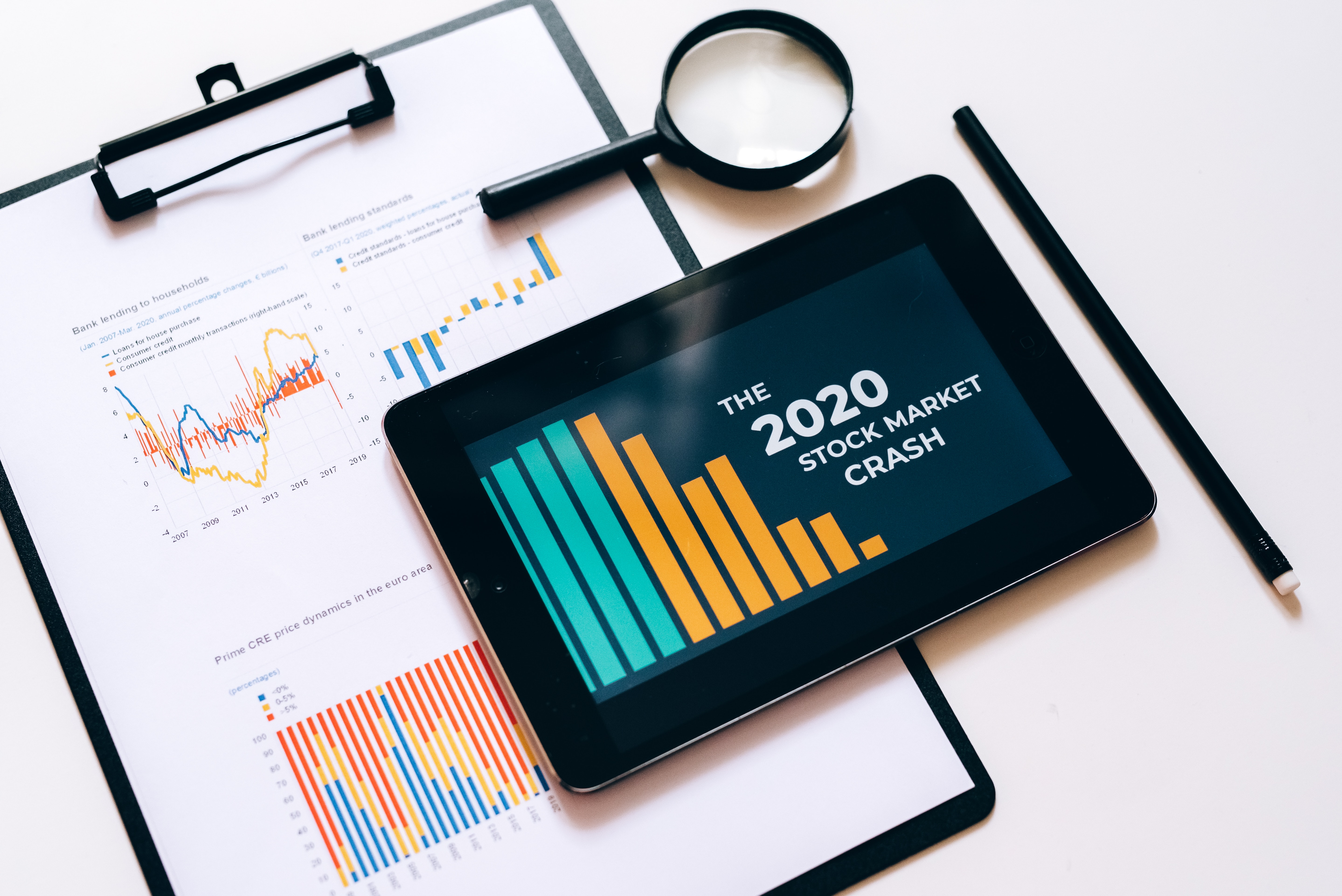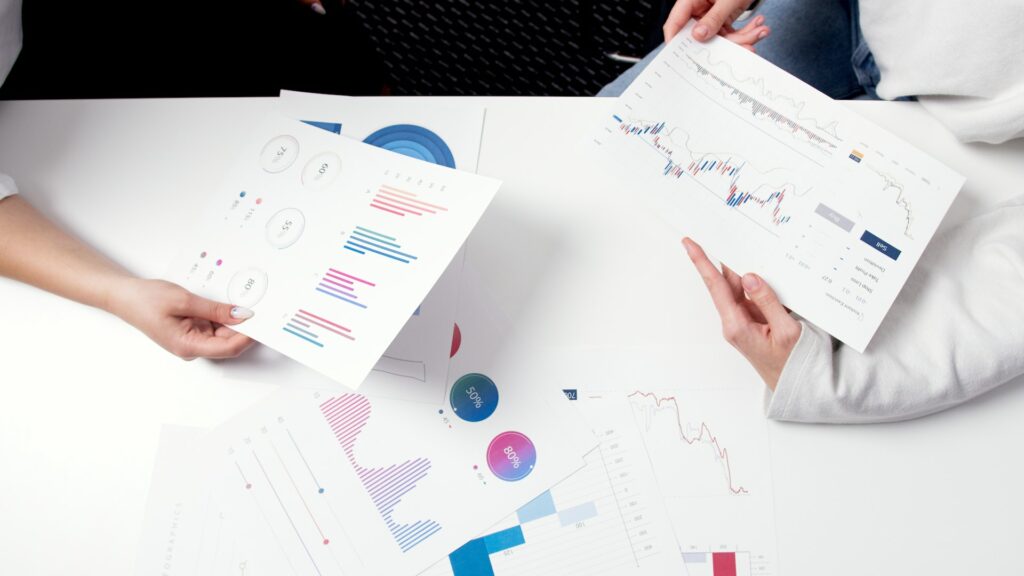Noru Razak

How Big Data Can Help New Entrepreneurs?
What is Big Data? According to EMC², Big Data is datasets whose size or type is beyond the ability of traditional relational databases to capture, manage, and process the data with low latency. Big Data comes from databases, sensors, devices, audio/video, networks, log files, transactional applications, web, and social media generated in real-time and at an enormous scale. That means Big Data could collect and handle huge-scale information and data, mainly beyond a normal human being. In addition, Big Data is massive, complex data sets that are notably developing and transmitted from distinct sources. It is currently the most advanced and modern technology and is well-used and utilized in numerous distinctive businesses. For instance, the education industry could use the help of Big Data to improve the operational effectiveness and running of educational institutes like career prediction. This way can help the students help in selecting which professional path would be best for their future. In addition, as we can see now, Big Data is a broad term that refers to the massive amount of digital information generated by numerous enterprises. This big data is derived not only from traditional information exchange and high-tech systems but also from multiple types of sensors embedded in various surroundings, including hospitals, metro stations, markets, and almost every piece of electrical equipment that generates data.

The dimension of Big Data is best described by the five V’s of Big Data. A little alliteration goes a long way toward helping us remember listed items, hence the 5 V’s layout. The first of the five V’s of big data is volume, which refers to the amount of data that occurs. Volume is the foundation of big data since it represents the original size and amount of data collected. The magnitude of the data is vital in determining its worth. Big Data describes extremely massive data quantities. It indicates that the volume of data may not decide whether a specific data set is considered Big Data. As a result, while managing Big Data, the characteristics ‘Volume’ must be considered. The second of the 5 V’s of big data is velocity. Velocity describes how fast data is created and moved. This data flow originates from platforms like mobile phones, social media, networks, servers, and others. Velocity represents the speed of data as well as how information flows indefinitely. In healthcare, for example, several medical devices are now manufactured to monitor patients and collect data. From in-hospital medical equipment to wearable gadgets, collected data must be swiftly transported to its destination and processed. Velocity also influences how soon raw Big Data information is changed into data that an organization can use.
In addition, variety is the third V in the five V’s of big data. Variety describes the diversity of the data kinds and their various sources. Big Data information comes from a wide variety of sources, not all of which have the same amount of value or relevance. Data can come from both inside and outside of an organization. The collected data can be unstructured, semi-structured, or structured. Structured data, also known as organized data, is information that has a specific length and format. An Excel spreadsheet with client names, e-mail addresses, and cities is an excellent example of structured data. Unlike organized data, unstructured data refers to information that does not cleanly fit into the tight, usual row and column layout observed in relational databases. Unstructured data, such as text, photos, and videos, cannot be stored in rows and columns. Semi-structured data is input that includes associated information such as metadata but does not correspond to formal data structures. E-mails, online pages, and TCP/IP packets are all included in this category.
The fourth V among the five V’s of big data is veracity. The validity of data describes its correctness and quality. Because the information comes from a wide range of sources, it may contain uncertainties, inaccuracies, redundancies, gaps, and contradictions. Overall, veracity refers to the level of trust in the data collected. Data can become cluttered and difficult to use at times. If the data is incomplete, it can produce more confusion than insights. For example, in the medical field, if data about what drugs a patient is taking is missing, the patient may compromise his life. The final V in the 5 V’s of big data is value. Although this is the last Big Data attribute, it is far from the least significant. After all, swimming through oceans of Big Data is all about extracting value! So, unless analysts can turn that deluge of data into a meaningful resource that benefits a business, it’s pointless. So, quality throughout this case refers to the potential benefit Big Data can provide and is directly related to what an organization can do with the processed data. The more insights extracted from Big Data, the greater its worth.

We’ll now see how using big data might help new business owners expand into untapped markets. Big Data usage has been essential for many top businesses to perform better than their rivals. New entrants and established rivals employ data-driven strategies to compete, capture and innovate in various industries. In reality, from IT to healthcare, you may discover examples of the use of big data. Data pioneers have been assessing the results of pharmaceutical treatments in the study of healthcare. Companies have focused on identifying risks and benefits that were not evident during the initial clinical trials. Big Data can improve trial analysis and aid in outcome prediction. Other early adopters of the idea have been using information from the sensors built into a range of products, from toys for kids to industrial goods. These assist businesses in understanding how their products have existed in the real world. With this information, it is simpler to create new services and products for the future.
Experts claim that big data can create numerous new opportunities for business expansion. It may even lead to the disclosure of a new class of businesses, such as those that gather and analyze industrial data. Massive information flows about goods and services, suppliers and customers, consumer intent and preferences, and other issues will be present for most of these businesses. Companies across industries should begin aggressively developing their Big Data capabilities. Aside from the large volume of big data, the high frequency and real-time nature of data are critical. For example, the adequacy to estimate measures such as consumer loyalty was handled retrospectively in the past. Such tactics are becoming more frequent with the advent of Big Data. These enhance prediction power tremendously. Generally, high frequency allows businesses to test theories in real-time. Beyond these fundamental advantages, Big Data may help a company or organization in many divergent ways. Presently, both the public and private sectors employ big data.
Next, Big data could help the new entrepreneur boosts decision-making efficiency. As a result of the convergence of social media and big data, social media mining is similar to data mining but only applicable to Facebook, Twitter, Instagram, LinkedIn, and other social media platforms that have emerged as a method and a market. Social media mining is a method to collect and interpret data on social media users to conclude their purchasing habits, interests, reactions to discounts and promotions, and other factors. These results can help the development of targeted marketing strategies for specific marketing segments. Small businesses can benefit from data procedures and technologies that assist them in mining their social media platforms. They minimize the need for a small firm with limited resources to manually sift through multiple social media channels, resulting in more efficient strategic marketing decisions.
Big Data is not only capable of improving decision-making efficiency, but it can also assist entrepreneurs in having conversations with customers. Consumers today are wise and aware of their priorities. For instance, consumers research and compare several possibilities before making a purchase. They even interact with companies on social media and want special treatment. In truth, most customers want to help purchase things from a company. Aside from that, Big Data enables a corporate organization to complete profiles, such as clients. These allow companies to participate in a one-on-one dialog with customers in real-time. For example, a customer walking into a bank. The cashier can use big data to instantly review customers’ information when they walk into the business. The cashier can learn about the customer’s preferences and wishes. These enable him to recommend suitable products and services to the customer. In addition, Big Data is also helpful in merging the physical and digital purchasing worlds. An internet store can readily recommend a cell carrier offers. It is possible to do so based on the customer’s tendency for increased social media usage.

Moreover, by using a massive amount of data to find trends in search habits, Big Data can also help new entrepreneurs generate income. Big Data isn’t only about enhancing processes and choices or learning more about consumers; data can also be allowed to increase revenue or establish a new revenue stream. American Express, which processes more than a quarter of all credit card transactions in the United States, engages with people on both sides of a transaction: businesses and their customers. Now, American Express is using the data created by these transactions to connect businesses and customers. For example, its merchant services now offer online trend analysis and benchmarking tools to assist firms in analyzing how they are conducting compared with their competitors and identifying industry trends.
How does this help Amex’s bottom line? For starters, it encourages more businesses to take American Express, which means more transactions and income. It’s also worth emphasizing that Big Data has the potential to save businesses money. A lot of money. Data-driven fraud-detection technology, which Amex and other credit card companies employ to identify and prevent fraudulent transactions, has saved billions of dollars. As well as helping businesses in these ways, Big Data is fueling the artificial intelligence (AI) revolution. In other words, the explosion of data implies that machines and algorithms have more data to improve. These open up even more amazing possibilities for organizations to automate operations, make better judgments, delight their consumers, and so on.

In addition, Big Data is also one of the most effective methods for gathering and utilizing feedback. It assists you in understanding how clients perceive your services and products. As a result, you can make the necessary changes and re-create your goods. When you examine unstructured social media text, you can discover general feedback from your clients. It is so much better a Big Data can also divide the comments into different regions and demographic categories. Besides, Big Data allows you to test various variations of high-end computer-aided designs in seconds. For example, you can gather data on lead times, material costs, performance, and other factors. It enables you to increase the productivity and efficiency of numerous manufacturing processes.
Finally, Big Data also enables companies to improve internal efficiency and operations. From employing sensors to analyze machine performance to optimizing delivery routes to better-tracking staff performance and even recruiting top talent, big data can improve internal efficiency and operations for practically any part of business and in many different sectors. Sensors could remain evaluated by the company to track not only shipping and equipment performance but also personnel performance. Companies have begun to apply sensors to track employee movements, stress, health, and even whom they communicate with and the voice style they speak. Furthermore, if data could leverage the measure of the qualities of a good CEO, it could be applied to improve hiring and HR processes at all levels. Data is leaving the IT division and entering every business as a crucial component.
In conclusion, big data will benefit new business owners in numerous ways, enabling them to outperform the competition and prosper in emerging markets. These are because Big Data will provide countless benefits to new entrepreneurs, including the conception of new growth prospects, improved decision-making efficiency, dialoguing with clients, earning income, gathering and utilizing feedback, and enhancing efficiency and internal operations. These demonstrate that new entrepreneurs should embrace Big Data as a strategy to improve sales and outperform other companies in the market. Additionally, business owners must take the utilization of big data seriously. These are because, in the twenty-first century, electronics and systems are the most significant aspect of all industries, including business and entrepreneurship. To keep up with the trend, entrepreneurs must understand and apply Big Data in business to ensure that their company does not fall behind the competition. To summarize, entrepreneurs must understand the value of 4.0 technology in the organization, such as Big Data, to manage their businesses smoothly and keep up with emerging trends. If business owners are adept at using big data, their companies will be experts in surpassing rivals and have a remarkable impact on the market.
REFERENCES
- https://education.dellemc.com/content/dam/dell-emc/documents/en us/2015KS_Mediratta-Big_Data_Terms, Definitions_and_Applications.pdf
- https://www.simplilearn.com/how-big-data-can-help-do-wonders-in-business-rar398- article#:~:text=Big%20Data%20is%20one%20of,and%20re%2Ddevelop%20your%2
- https://bernardmarr.com/how-does-big-data-help-companies/
- https://www.forbes.com/sites/bernardmarr/2015/09/08/4-ways-big-data-will-change- every-business/
- https://www.geeksforgeeks.org/5-vs-of-big-data/
- https://www.techtarget.com/searchdatamanagement/definition/5-Vs-of-big-data
- https://www.simplilearn.com/5-vs-of-big-data-article


